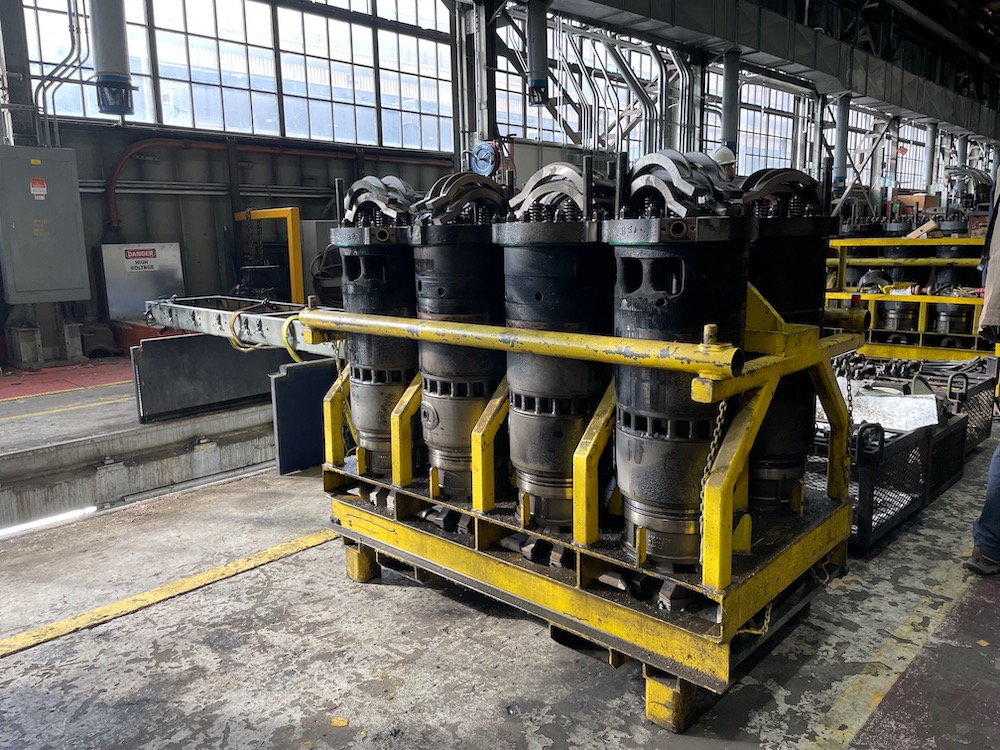
What’s the difference between a four-stroke diesel engine and a two-stroke engine? It’s more than just a matter of numbers, as Vernon L. Smith explained in “Cycles and Cylinders,” in the May 1979 issue of Trains Magazine:
A four-cycle engine requires four strokes of the piston, covering two revolutions of the crankshaft, to complete one set of events. The four strokes are:
Intake stroke: The piston, upon descending in the cylinder, draws in air for combustion through the open intake valves in the cylinder head.
Compression stroke: After bottom dead center is reached, the piston moves upward in the cylinder, compressing the air and raising its temperature because all the valves in the cylinder head are now closed.
Power stroke: When the piston arrives near the top of the cylinder, and just before passing top dead center, fuel is admitted and burned because of the high compression temperature, forcing the piston downward. The expansion of the hot gases continues to a point near bottom dead center when complete release of pressure occurs as the exhaust valves open.
Exhaust stroke: In this stroke, the exhaust valves are held open and the burned gases are driven out of the cylinder by the ascending piston.
A two-cycle engine requires only two strokes, covering one shaft revolution, to accomplish the same series of events, which must be completed very rapidly. A two-cycle engine turning at 900 rpm must scavenge the cylinder of burned gases and recharge with new air in about 1/50th of a second.
To make such an engine work, an external means of supplying a large volume of air under pressure must be provided in order to furnish sufficient combustion air during the short time interval that exists.
Here is the two-cycle sequence:
As the descending piston nears the lower end of the cylinder, it uncovers a row of ports that extend around the cylinder liner, through which scavenging air rushes into the cylinder, pushing upward any spent gases out through the four open exhaust valves in the cylinder head. The cylinder is then full of clean air.
Crankshaft rotation continues, and the piston and connecting rod reach and pass bottom dead center of the shaft. As the piston moves upward, it covers the ports while the exhaust valves are closed in the head, causing the piston to compress the air charge to a fraction of its original volume and greatly raising the temperature.
Shortly before the piston reaches its top dead center, fuel is injected into the cylinder, where it is immediately ignited by the high temperature of compression and burns until the air-fuel charge is consumed. The burning charge rapidly builds up high pressure in the cylinder, forcing the piston downward on its power stroke.
Again, before the piston approaches the end of its downward stroke, the exhaust valves open and release the spent gases to the exhaust manifold. The piston continues to move downward, uncovering the ports in the cylinder liner, and the air under pressure enters the cylinder and forces out the remainder of the expanded exhaust gases. The cycle is ready to repeat.






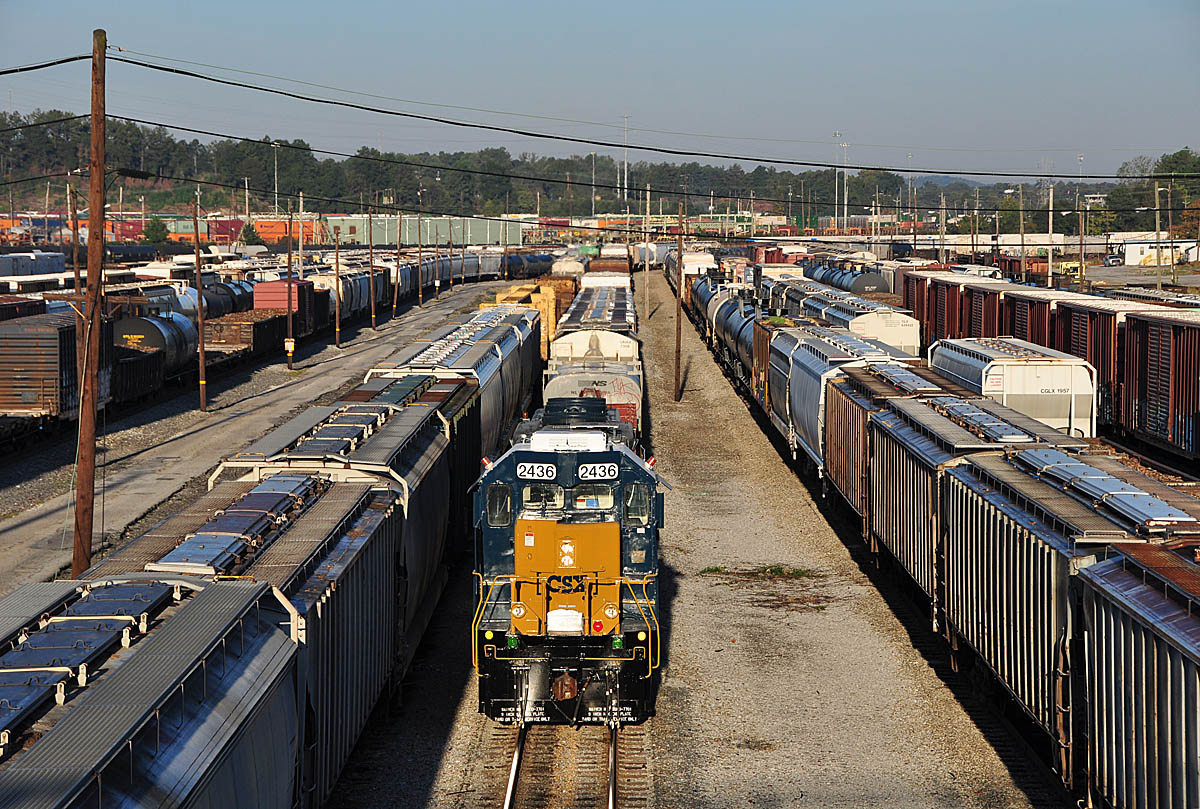
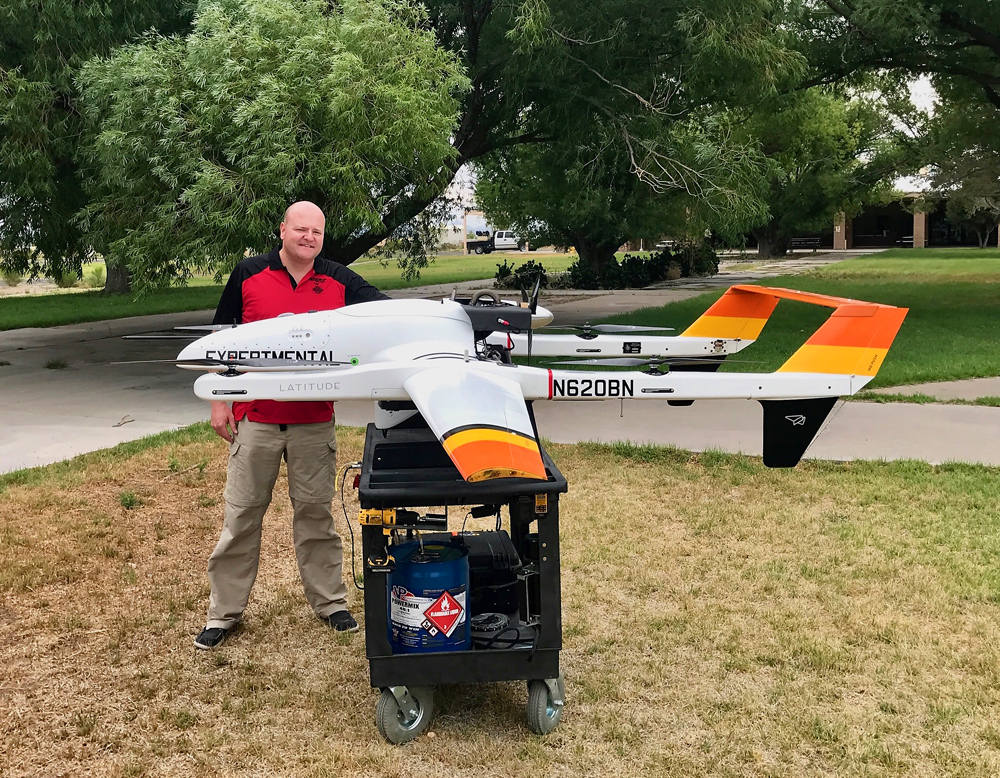
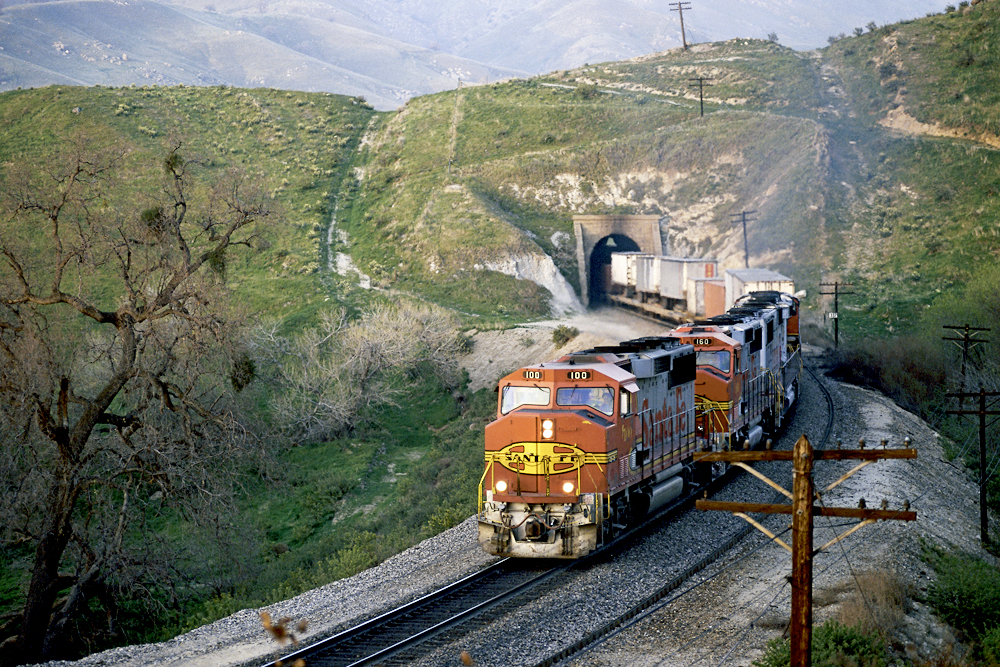
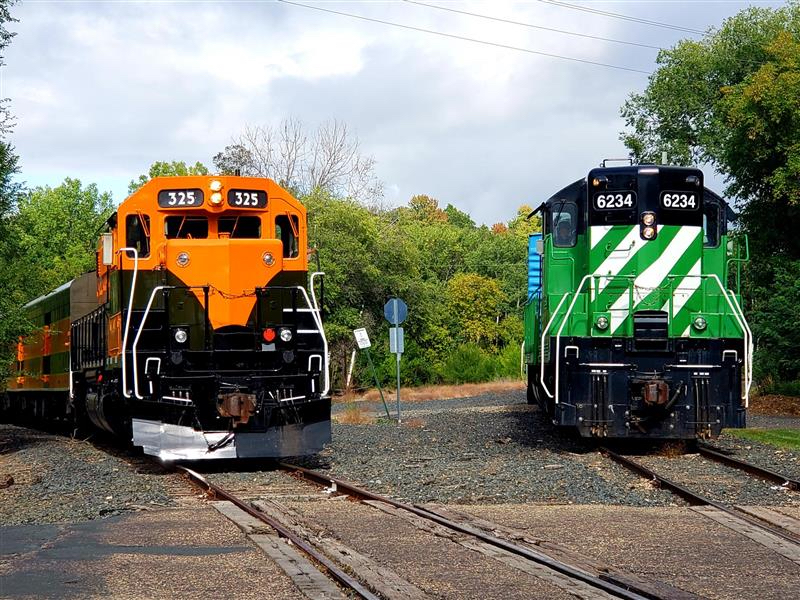




As you miught conclude from the descriptions, generally four-cycle diesel emgines have greater fuel efficiency and easier pollution-control. and tw-cycle diesel engines are considerably leighter-in-weight for a given power-output.